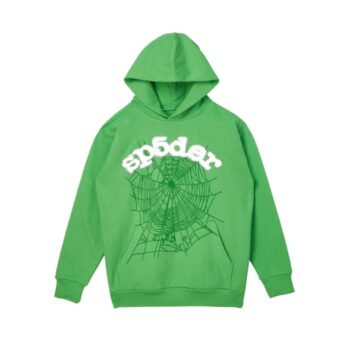The Rise of Fast Fashion
In the ever-evolving landscape of fashion, the dichotomy between fast fashions and slow fashions has become increasingly pronounced. Visit now https://superhoodieofficial.com/ As we delve into this dynamic realm, it’s crucial to understand how these two contrasting styles not only shape our wardrobes but also impact the environment, consumer behavior, and the industry at large
Fast fashion, characterized by its rapid production cycles and affordable prices, has dominated the fashion scene for decades. Brands like Zara, H&M, and Forever 21 have become synonymous with this trend, churning out trendy garments at an unprecedented pace. The allure of fast fashions lies in its ability to swiftly mirror runway trends, making high-end styles accessible to the masses.
The Environmental Toll
However, the dark side of fast fashions is the toll it takes on the environment. Rapid production leads to increased waste, as garments often end up in landfills after a few wears. The extensive use of synthetic materials further exacerbates the environmental impact, contributing to pollution and resource depletion.
Consumer Behavior and Ethical Concerns
Fast fashion’s rapid turnover encourages a disposable mindset among consumers. The constant desire for the latest trends fosters a throwaway culture that disregards the ethical implications of mass production, including poor working conditions and low wages for garment workers.
The Emergence of Slow Fashions
In stark contrast, slow fashions embodies a more sustainable and ethical approach to clothing. Rooted in craftsmanship, quality, and timeless design, slow fashions advocates for thoughtful consumption and a deeper connection with one’s wardrobe.
Sustainable Practices
Slow fashions brands prioritize ethical sourcing, using eco-friendly materials, and adopting transparent production processes. This commitment to sustainability extends to creating durable, timeless pieces that eschew the transient nature of fast fashions.
Encouraging Conscious Consumerism
The slow fashions movement encourages consumers to adopt a more mindful approach to shopping. By investing in high-quality, enduring pieces, individuals can build a wardrobe that transcends fleeting trends, ultimately reducing the environmental impact associated with disposable fashions.
Bridging the Gap: Finding a Balance
As the fashions industry undergoes a paradigm shift, a hybrid approach is emerging. Some fast fashion brands are incorporating sustainable practices and ethical considerations into their production processes. This shift reflects a growing awareness among consumers and the industry of the need for more responsible fashions practices.
Educating Consumers
Empowering consumers with knowledge is crucial in fostering change. Understanding the environmental and social impact of their fashions choices enables individuals to make more informed decisions. Educational initiatives and increased transparency from brands play a pivotal role in this paradigm shift.
Conclusion
In the fast-paced world of fashions, the dichotomy between fast and slow fashion is more than a stylistic choice; it’s a reflection of our values and priorities. By embracing the principles of slow fashion and advocating for sustainable practices within the industry, we can collectively shape a future where style and ethics coexist harmoniously.



